The direct correlation of the metabolome to the phenotype means metabolomics is one of the most sought-after approaches for the study of disease and wellness, yet the separation, detection, quantification, and unambiguous identification of a chemically diverse...
Tags
Tips and tricks from our application experts: AAV analysis with CE
Peter Holper, Staff Applications Scientist at SCIEX, US, shares his tips and tricks on AAV analysis using CE with the BioPhase 8800 system and the PA 800 Plus system.

Celebrating customer experience: Insights from SCIEX leaders
Introduction Customer Experience Day (CX Day) is a special occasion for SCIEX, celebrated every first Tuesday in October. It’s a day dedicated to recognizing the incredible value of our customers and the relentless dedication of our associates who strive to make...
Detecting low levels of drugs and their metabolites in hair and nail samples using LC-MS/MS
You probably have heard of testing blood and urine samples for the presence of drugs and their metabolites. But do you know about the benefits of hair and nail analysis? In a recent webinar, Tina Binz, Deputy Head of the Center for Forensic Hair Analysis, University of Zurich, discussed the benefits of developing comprehensive and sensitive LC-MS/MS for the detection of low-level drugs and metabolites in keratinized matrices.

LC-MS system replacement: Are you ready?
Meeting deadlines in a bioanalysis laboratory can be a big challenge. Older, less sensitive and less reliable LC-MS systems make it even more difficult. Even the disruption caused by the installation and validation can be disconcerting and delay decisions. Does this sound familiar?
Questions and answers to help improve your mycotoxin analysis
During a recent webinar I shared method details for mycotoxin analysis on the SCIEX 7500 system. In this blog i will share the Q&A for the submitted questions that we did not have chance to answer during the live webinar.

Guide decisions during cell line development with more information at the intact level
Monitoring product quality attributes (PQAs) throughout monoclonal antibody (mAb) development is vital to ensuring drug safety and efficacy. By adopting orthogonal analytical techniques and integrating new technologies that have the potential to provide more information, it is possible to improve product quality and manufacturing efficiency and make more informed decisions.

Maximize NPS analysis with accurate mass spectrometry
LC-MS/MS is a powerful analytical tool in forensic toxicology testing that can support a variety of testing regimes such as screening, confirmation and quantitative workflows. More specifically, analysis of NPS using LC-MS/MS provides many advantages, including the ability to reliably detect new drugs and their metabolites from a variety of biological matrices.

Metabolite identification and peace of mind
Managing metabolite identification (Met ID) studies is challenging, so what is at the top of your priority list as you plan the year ahead? Ensuring you have the data needed to manage product safety, meeting deadlines, staff recruitment and training, maintaining compliance, capital expenses, or something else?

What has the Echo® MS system done for the pharma industry? (And don’t just take our word for it!)
SCIEX was very proud to have an illustration of the Acoustic Ejection Mass Spectrometry (AEMS) technology that powers the Echo® MS system on the front cover of the Journal of the American Society for Mass Spectrometry in January 2023. The associated article—Ultrahigh-Throughput Intact Protein Analysis with Acoustic Ejection Mass Spectrometry—was co-authored by scientists from SCIEX and Merck.
Methods for OPI electrode cleaning for Echo® MS system electrodes
Depending on the samples you are running on the system, it is possible for the Open Port Interface (OPI) electrode to become dirty or occluded over time. Below are two different cleaning strategies that can help you maintain your Echo® MS system and keep your OPI...
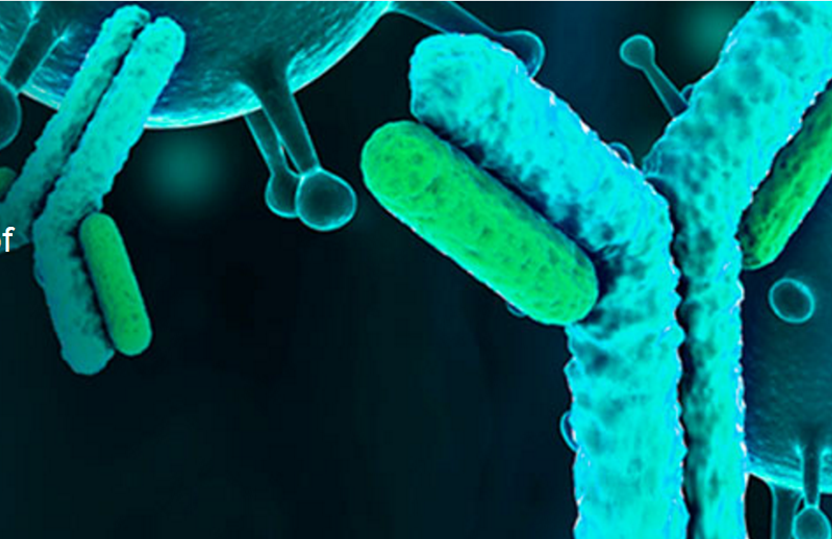
LC-MS/MS Method for Biotherapeutic Drug Development Challenges
Traditionally, the pharmacokinetic profile of biotherapeutics such as insulin glargine, adalimumab, trastuzumab and others, used gold standard LBAs to assess dose-response during drug discovery and development. However, LBAs require a specific antibody reagent to be developed for each mAb variant, a process that is often incompatible with the compressed timeframes encountered during the initial stages of drug development.
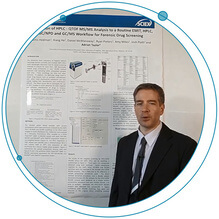
QTOF Technology for Targeted and Unknown Forensic Drugs Screening Workflows
In this study, the Wisconsin State Laboratory of Hygiene (WSLH) outlines the comparison of their existing technology and how SCIEX LC-MS/MS systems can assist them in their forensic research. The WSLH routinely analyze for 300 forensic drug compounds in over 18,000 samples per year.

Expert Advice to Help You with Routine Food Testing in the Lab
Between 3-6 November 2015, the Recent Advances in Food Analysis (RAFA) 2015 Symposium took place in Prague, Czech Republic.

Contaminants and Novel Approaches in Food Analysis
During RAFA 2015, New Food Magazine hosted a roundtable (sponsored by SCIEX) to bring together experts with routine food testing backgrounds to discuss the latest industry trends, challenges, recent technological advances, and expectations of future laboratories.
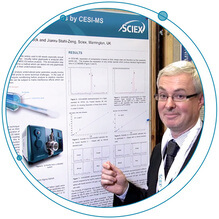
Polar Pesticide Analysis by CESI-MS for Routine Food Testing – A Poster Talk
Method development for routine food testing presents many challenges – whether you are looking to increase the speed of your screening or simplify your method there can be different solutions suited to the task at hand. During RAFA 2015 in Prague, Steve Lock, Market Development Manager for SCIEX Separations in EMEA outlines how CESI-MS may be best suited for polar pesticide analysis.
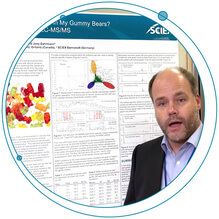
Using Mass Spectrometry to Detect Trace Ingredients in Food – a Poster Talk
In today’s poster talk Jens Dahlmann, Senior Applications Specialist at SCIEX discusses how mass spectrometry might be best suited to the identification of trace ingredients in foods.

How You Can Detect Pesticide 1080 In Milk & Infant Formula – A Poster Talk
In this poster talk André Schreiber, Applications and Product Manager for Food and Environmental Markets at SCIEX guides you through a new method developed in conjunction with Association of Analytical Communities (AOAC). The method is designed to better detect a harmful substance that the infant formula and milk industry are under threat from – Sodium Fluoroacetate, otherwise known as Compound 1080 or Monofluoroacetate.

Drug Metabolism and Bioanalysis Journal Articles Focus on Drug Metabolism and so Much More
Check-out the top articles that focus on innovations in drug metabolism as well as small molecule quantitation and biologics bioanalysis. Exciting advancements! We can’t wait to see all that will come in 2016! Quantitative analysis of maytansinoid (DM1) in human serum...

Reasons why LC-MS/MS is my method of choice for meat speciation and authenticity testing
The meat trade hasn’t had a good reputation since the horsemeat scandal that burst into headlines in 2013. The scandal has left such a mark that meat speciation, adulteration and authenticity are still high-profile topics today. Think about it from a...

Purchasing Mass Spec Technology for Your Forensic Lab
What does every scientist think about in the lab? Validation. This is the feeling I encountered while reading a recent scientific report on nature.com. What struck me was not only the study itself which discounted cannabinoid incorporation into hair as a method for...
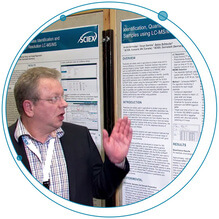
A Reliable Method for the Identification, Quantitation, and Confirmation of Pesticides
When carrying out routine pesticide identification tests in your lab how simple is the process of identification, quantitation, and final confirmation from sample to sample? A reliable method designed to generate multiple data sets and confirm sample data in parallel with your test can save an awful lot of time and effort which is especially helpful as the demand for routine testing increases. In this poster talk, Detlev Schleuder, Support Manager for Food & Environmental Markets, explains how the new QTRAP® 6500+ system can optimize your laboratory’s output with this simple method.

The Gluten Free Cookie Label Test
I am a label reader. I like to eat healthily and know what the long, confusing ingredients on the side of a package mean. Therefore, in the spirit of the holiday season, I dedicate this blog to all the gluten intolerant folks out there whose only wish is to eat a yummy cookie while also being absolutely positively sure it is gluten free.

Testing Liquor for Authenticity Using LC-MS/MS Technology
The Proof is in Your Holiday Drink If you think bootlegging was limited to the age of Prohibition then you have never tested liquor for authenticity using mass spectrometry. Maybe it is a scientist thing, but we simply cannot help but bring up the subject as people...

Five Tips for Safe Handling Holiday Decorations
Bring out the boxes of decorations this holiday season and while you are at it, keep in mind you could be facing dangerous exposure to chemicals too. From trees to garland, candles and toys, here are some tips to keep in mind for safe handling. Trees Fake trees are...
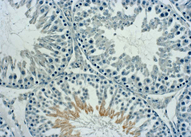
Gain New Insights Into Human Spermatogenesis with this “Click & Easy” OneOmics Workflow
A recent webcast by Charles Pineau, Director of Protim, IRSET, Rennes, France, demonstrates how you can use the OneOmics™ Platform as a "Click & Easy" workflow for integrating next-generation proteomics (NGP) data with next-generation sequencing (NGS) data. Dr....

Thanksgiving Menu: A Detectable Feast!
On Thursday 26th November 2015, millions of households across the United States will sit down to a hearty traditional Thanksgiving meal. The Thanksgiving holiday is when people celebrate the blessings of the year, in particular the harvest.

Are there Antibiotics in your Thanksgiving Turkey?
Truth – the first turkey I ever cooked was still frozen when it hit our plates. I couldn’t figure out why that thing was taking so long to roast. Then it hit me. I forgot to defrost the bird. If I recall correctly, even the giblets were still in it. It was ten p.m. when I broke the news to my guests that the turkey was not happening. A pizza was ordered, and everyone breathed a sigh of relief that they would not be suffering from a bout of food poisoning.

Celebrate with a Pesticide Free Thanksgiving!
Before you start wondering if you should buy organic ingredients this Thanksgiving, it is good to know regulating bodies set and monitor allowable pesticide limits within our food supply. Pesticides that help control pests, disease, and deter unwanted animals from eating supplies found in fields, mills, and facilities. How and when this testing takes place in the United States is overseen by the Environmental Protection Agency (EPA) according to five primary regulating statutes.

Keeping Up with Synthetic Cannabinoids Using Mass Spec
Facts about Synthetic Cannabinoids and why you need to pay attention to evolving science
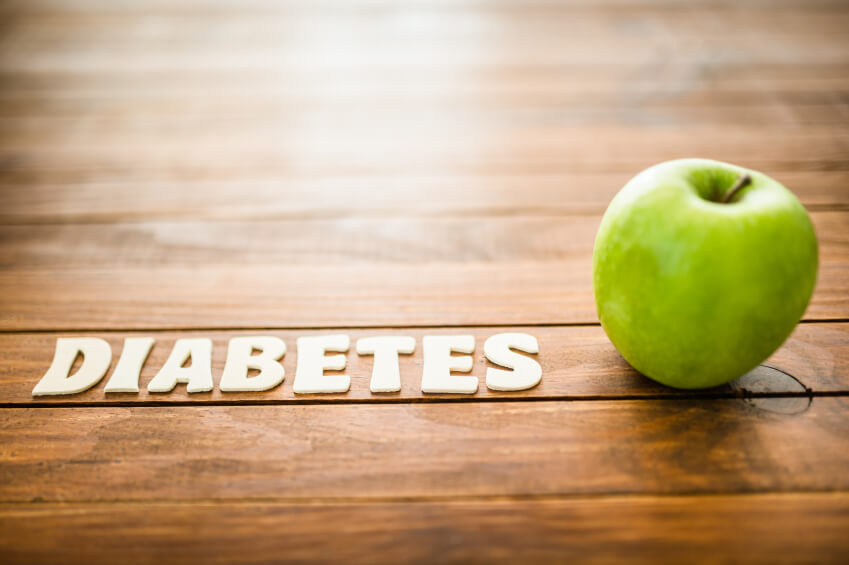
Mass Spectrometry Helps Researchers Solve a Mystery about Type 2 Diabetes Drug
This is an article from November 21, 2013. We thought it was an interesting story to share with you on this World Diabetes Day.
For the research conducted by the Australian and Canadian researchers, the analysis at the molecular level was optimized on SCIEX instrumentation, including the SCIEX TripleTOF® 5600 and the SCIEX QTRAP® 5500 system